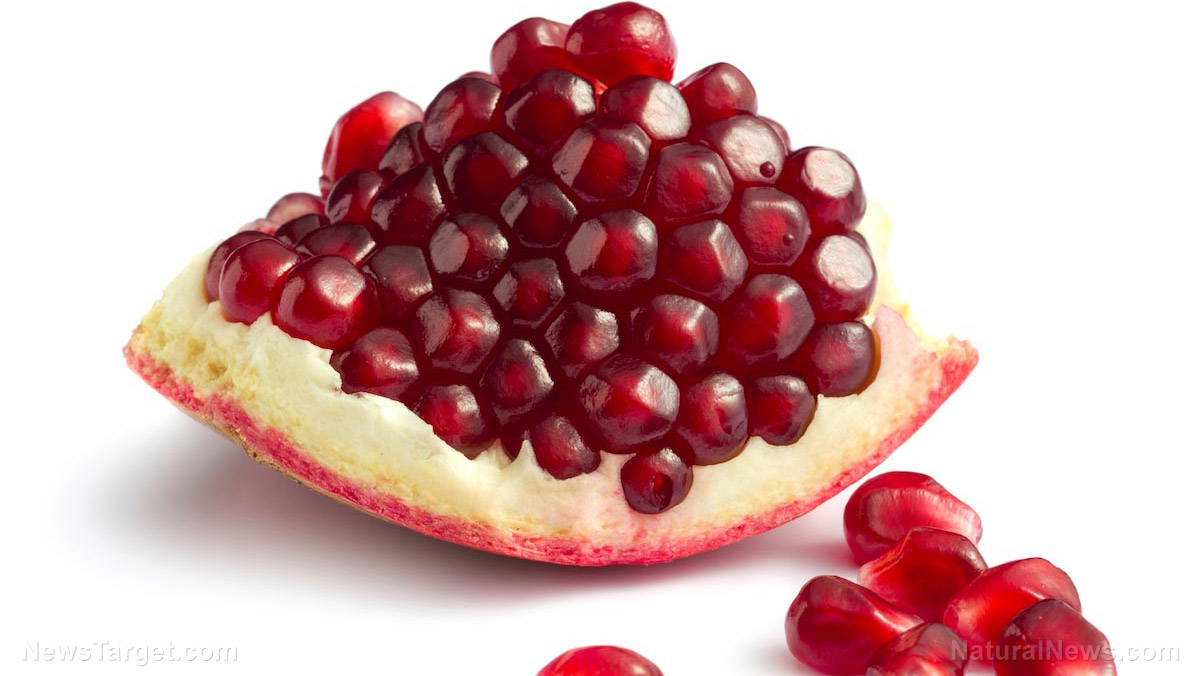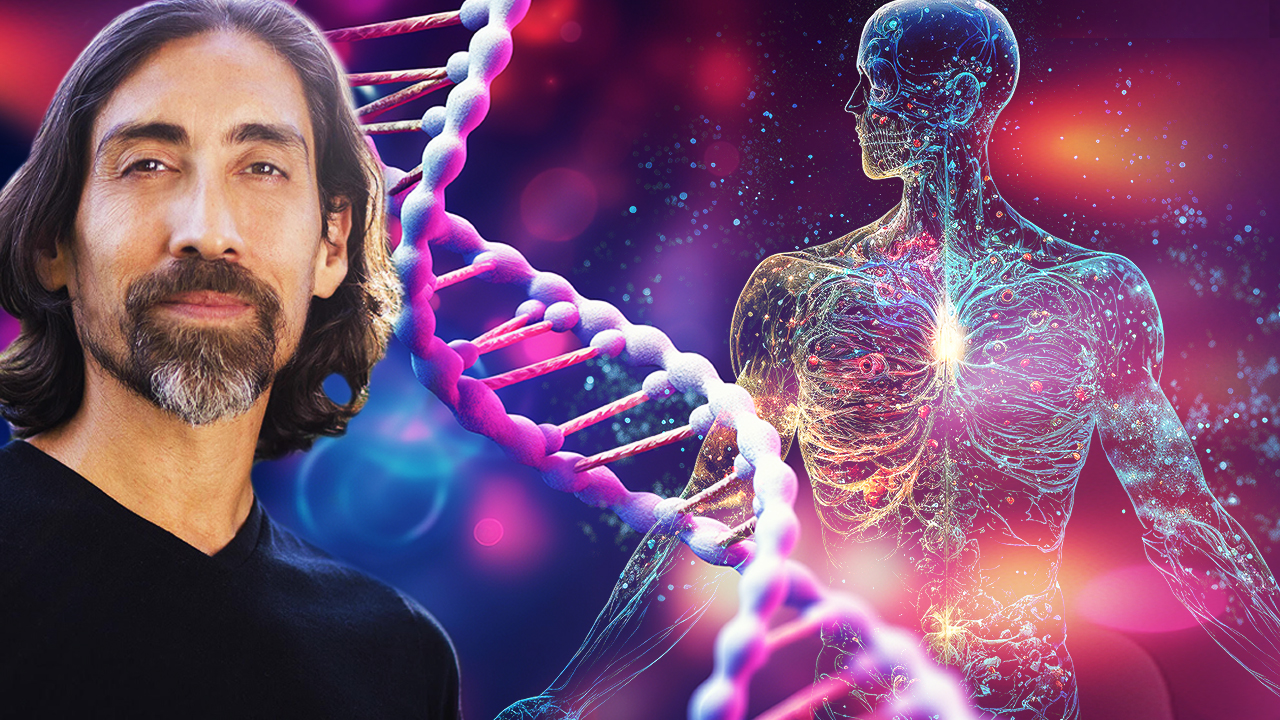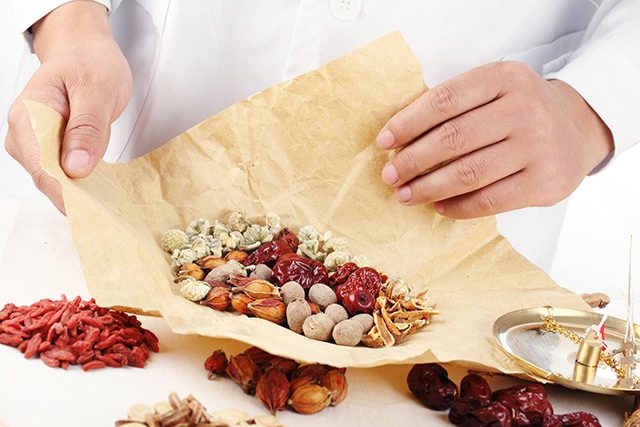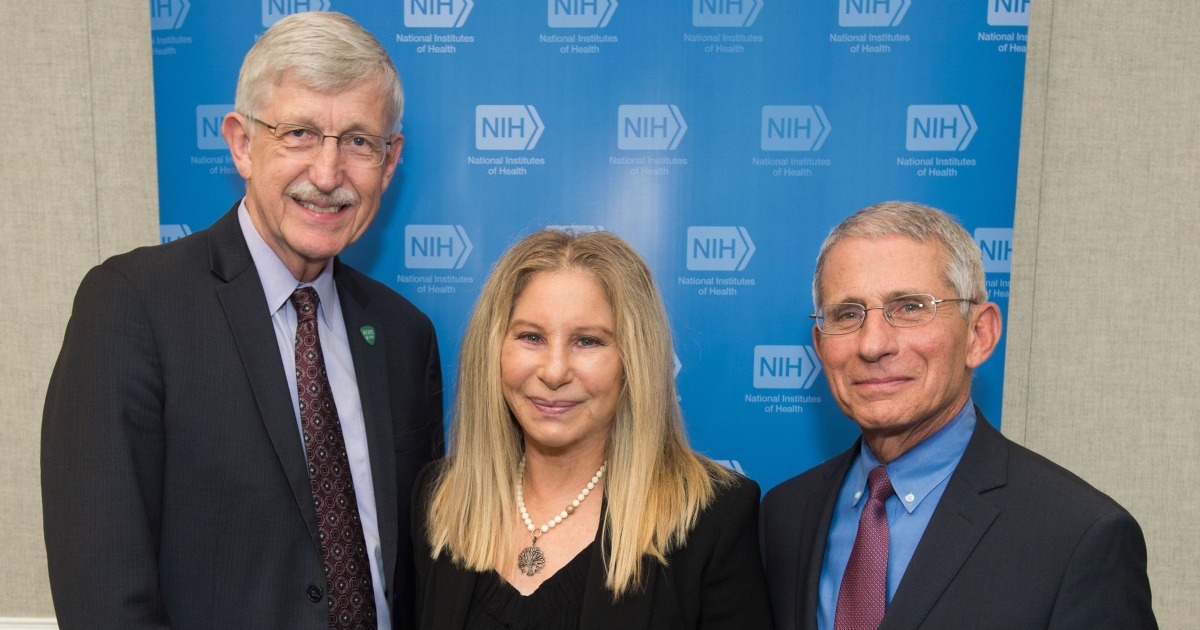STUDY: Green tea, black tea and matcha tea found to suppress dioxin toxicity
02/24/2023 / By Lance D Johnson

If the Department of Transportation does not take hazardous materials seriously when trains are derailed; if the Environmental Protection Agency (EPA) does not make it a priority to protect communities from carcinogens like dioxins; then it’s up to the people to protect their bodies from the negligence of government and industry.
Thankfully, scientific literature provides evidence that green tea, black tea, and matcha tea suppress dioxin toxicity. In much the same way that vitamin D, vitamin C, and licorice root extracts could have been delivered to communities during covid-19 outbreaks, these medicinal teas could be shipped to residents of East Palestine, Ohio and other heavily exposed areas to help protect people from the many diseases caused by dioxins.
Dioxin toxicity thwarted by green tea pigments and black tea theaflavins
Dioxins are formed from the burning of hydrogen and chlorinated compounds. Industrial processes, house fires, and trash burns all unleash these carcinogens into the atmosphere. Once dioxins enter the lungs, they readily make their way into the bloodstream. Once inside the body, dioxins incorporate into fatty tissue, in adipose tissue, and in the hepatic lipid stores, where they possess a half-life of 4 to 15 years.
Dioxins also enter the body through dietary exposures. Once inside the body, dioxins transform the aryl hydrocarbon receptor (AhR), allowing dioxins to bind and disrupt cell cycles. Remarkably, the pigments in green tea leaves (Camellia sinensis) suppress the transformation of the aryl hydrocarbon receptor induced by dioxins, particularly 2,3,7,8-tetrachlorodibenzo-p-dioxin (TCDD).

In the study, chlorophyll a and b, epigallocatechin gallate, and lutein from the green tea leaves acted as a novel antagonist for the aryl hydrocarbon receptor. These pigments suppressed AhR transformation in a dose dependent manner. Epigallocatechin gallate is the most abundant flavonoid in green tea leaves; compared to other major tea components, epigallocatechin gallate had the strongest suppressive effect on the AhR transformation.
Four theaflavins in black tea also suppress the AhR, blocking dioxins and their toxic effects. In the study, theaflavin, theaflavin-3-gallate, theaflavin-3′-gallate, and theaflavin-3,3′-digallate inhibited the binding of TCDD to the AhR.
Matcha tea protects rodents from dioxin damage, helps clear the liver of dioxins
In a rodent study, various groups of rats were poisoned with polychlorinated biphenyls (PCB), polychlorinated dibenzofurans (PCDF) congeners, and polychlorinated dibenzo-p-dioxins (PCDD) congeners. For five days, the rodents were then given a diet containing 10% matcha tea. For days 6-10, the rodents were administered 4 grams of the 10% matcha diet containing 0.5 ml of the casual rice-bran oil of Yusho. Matcha tea comes from the same plant as green tea, but is is prepared in a different way.
After the treatment protocol, the scientists monitored the fecal excretion of PCB, PCDF and PCDD. The rodent groups that were given the 10% matcha tea diet excreted the dioxins 2.4 to 9.1 times higher than the control group (that didn’t receive the matcha tea diet). The scientists also investigated the liver distribution of PCB, PCDF, and PCDD in the same groups of rodents. The rodents on the matcha tea diet had 21% to 80% less distribution of dioxins in their livers. The matcha tea protected the cells and allowed their bodies to remove the dioxins from their livers.
These studies are great news for people who were recently exposed to high levels of dioxins from the ecological disaster that was allowed to take place in East Palestine, Ohio. Green tea, black tea, and matcha tea are excellent sources of antioxidants and were designed with precision to protect the body from the toxic man-made sciences of the day.
For more on helpful natural treatments, check out Herbs.News.
Sources include:
Pubmed.gov [1]
Pubmed.gov [2]
Pubmed.gov [3]
Submit a correction >>
Tagged Under:
alternative medicine, antioxidants, black tea, chemicals, chlorophyll, detoxification, Dioxins, epigallocatechin gallate, food cures, food is medicine, Green tea, Liver, lutein, matcha tea, natural cures, natural medicine, natural remedies, poisons, theaflavins, toxins
This article may contain statements that reflect the opinion of the author





















